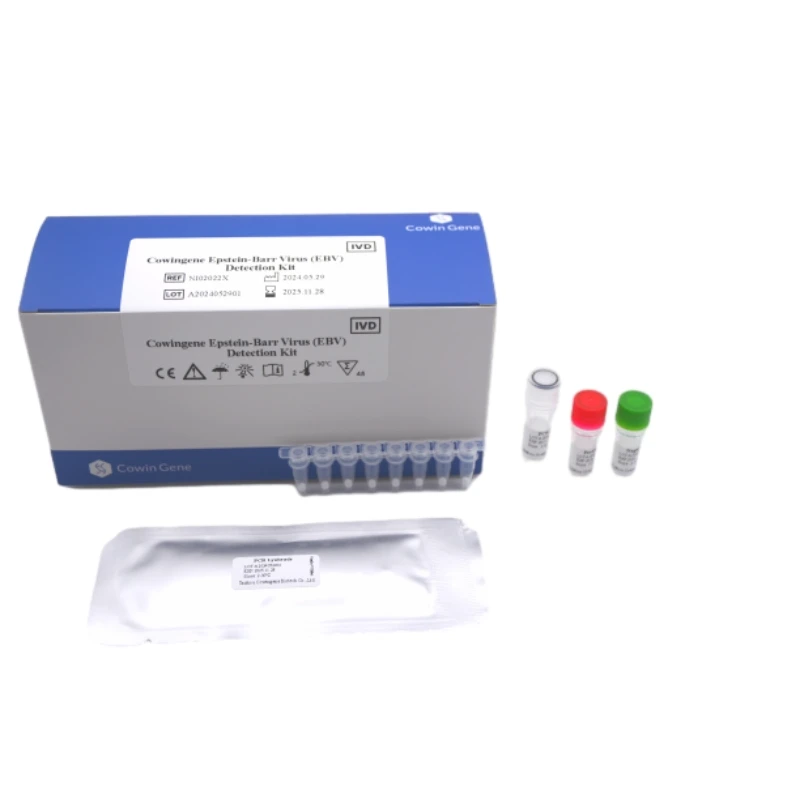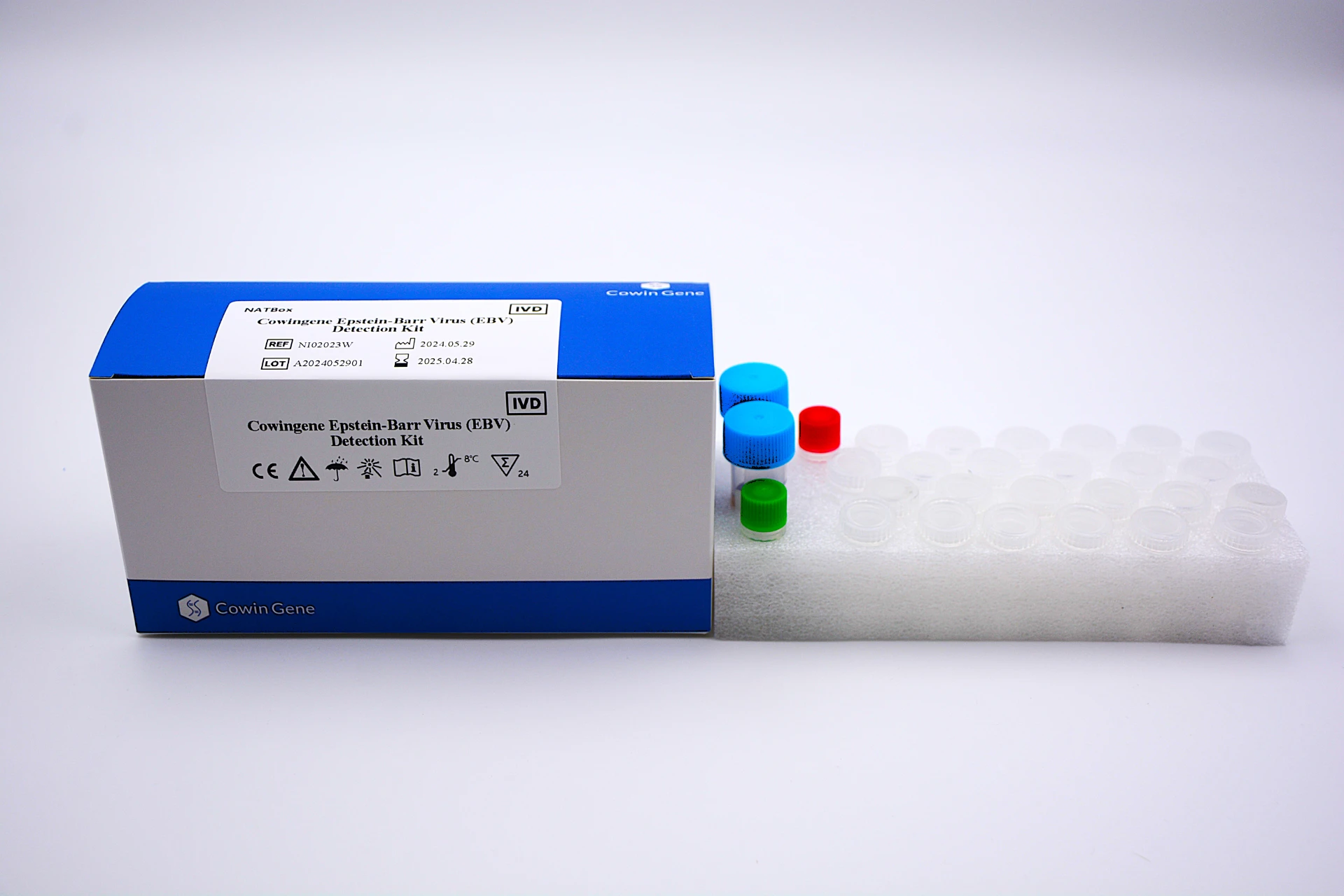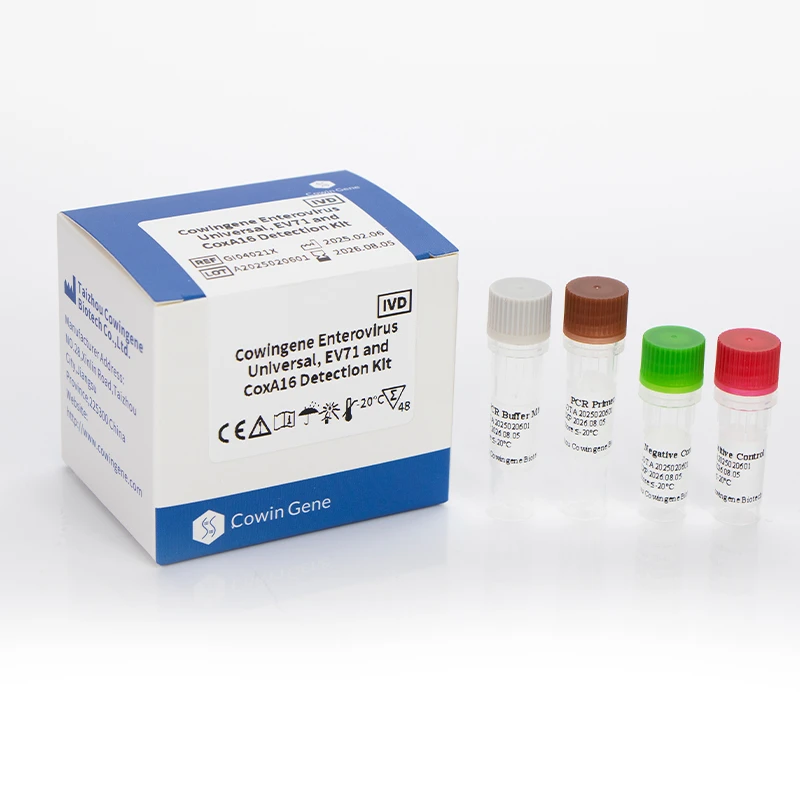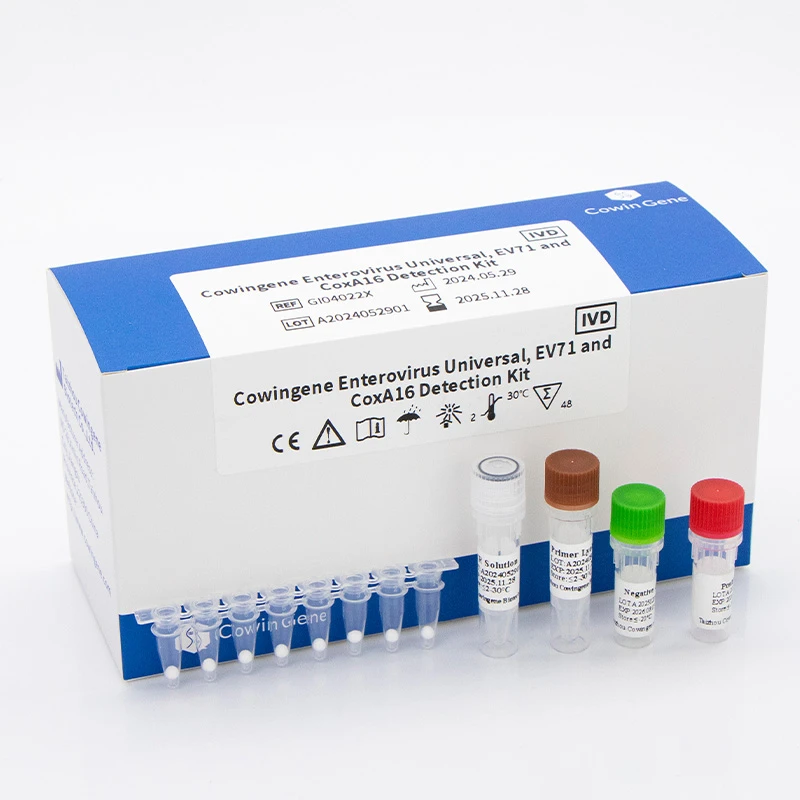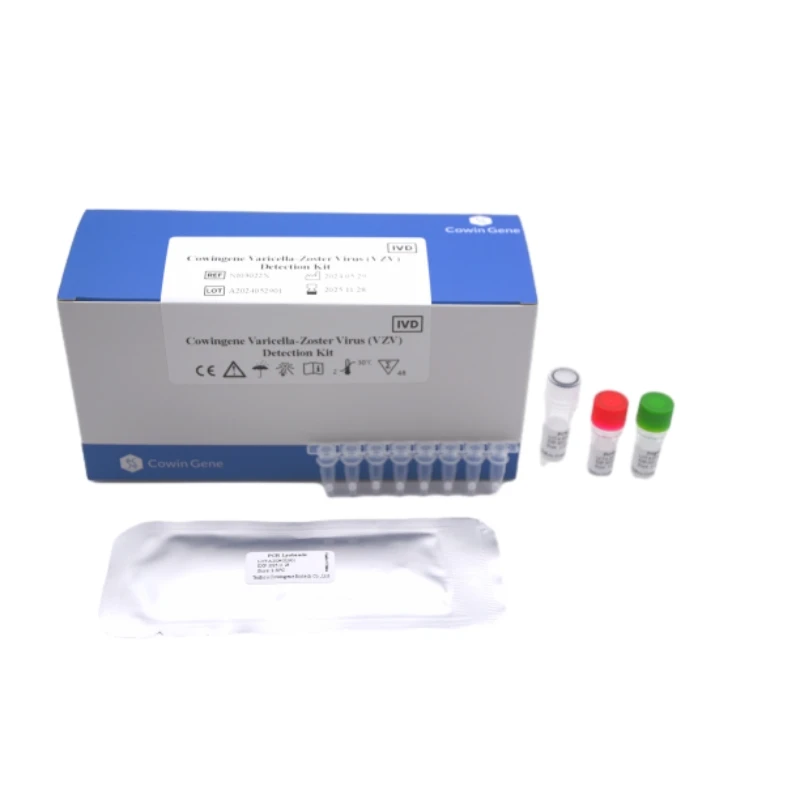Nov . 20, 2025 21:00 Back to list
Essential Guide to Group B Strep Test Kits: Benefits, Uses & Innovations
Why Understanding Group B Strep Test Kits Matters Worldwide
If you’ve ever wondered why a tiny, seemingly obscure medical tool like the group b strep test kit gets talked about so much in hospitals and prenatal clinics, you’re not alone. This kit is a quiet hero in global health, helping identify Group B Streptococcus (GBS) colonization in pregnant women to prevent serious newborn infections. Why? Because GBS can cause life-threatening complications in newborns if left undetected. Worldwide, about 10-30% of pregnant women carry GBS asymptomatically, but without screening, tragic outcomes happen.
Understanding this test kit isn’t just for doctors and nurses; it matters globally as good maternal and infant health is a cornerstone for societies everywhere. Accessibility, accuracy, and cost-effectiveness of these kits directly impact neonatal mortality rates—which remain a heavy burden particularly in low-resource settings.
Mini Takeaway: Group B Strep test kits play an outsized role in global newborn safety by enabling timely detection and intervention.
The Global Landscape: Why Group B Strep Test Kits Are In Demand
Before diving into what exactly these kits are, consider this: according to the World Health Organization, neonatal infections cause approximately 27% of newborn deaths worldwide. Group B Streptococcus is a top culprit behind early-onset sepsis in newborns. Countries with robust prenatal screening programs have significantly lowered these infections.
Regrettably, access to quality diagnostic tools like group b strep test kits remains uneven, contributing to persistent health disparities across regions. The United Nations highlights maternal and child health as a priority in Sustainable Development Goals (SDGs), putting pressure on healthcare providers and industries to develop affordable, reliable test kits.
So, essentially, these test kits are not just healthcare products; they are essential instruments in pushing global health equity forward.
Mini Takeaway: Despite progress, unequal access to group b strep test kits creates barriers that global health initiatives are striving to overcome.
What Exactly Is a Group B Strep Test Kit?
At its core, a group b strep test kit is a diagnostic tool designed to detect the presence of Group B Streptococcus bacteria, usually from vaginal and rectal swabs taken from pregnant women between 35–37 weeks of gestation. The test helps clinicians decide if preventive antibiotics are needed during labor to protect the newborn.
From a practical standpoint, these kits typically contain swabs, culture media or PCR reagents, instructions, and sometimes transport containers. The testing methods vary: some use culture-based assays, others rapid molecular testing techniques that can deliver results within hours instead of days.
This simple test kit thus occupies a crucial junction between laboratory science and clinical application — bridging the gap to save newborn lives.
Mini Takeaway: Group B strep test kits are straightforward but powerful tools that enable early detection of potential neonatal infection risks.
Essential Features of Group B Strep Test Kits: What Makes Them Tick?
1. Accuracy and Sensitivity
The best test kits reliably detect even low bacterial loads, reducing false negatives that could jeopardize the baby's health.
2. Speed of Results
While culture methods take around 48 hours, newer PCR-based kits can provide answers within a few hours—a lifesaver for timely clinical decisions.
3. Ease of Use
Because prenatal clinics are busy, kits with straightforward protocols and integrated components minimize user error and training needs.
4. Scalability and Storage
Some kits require refrigeration; others can be stored at room temperature, making a big difference for remote locations.
5. Cost Efficiency
This influences how widely these kits can be deployed globally, especially in low-income regions.
6. Regulatory Compliance
Many countries insist on ISO-certified kits or those approved by agencies like the FDA, ensuring quality standards.
Mini Takeaway: When choosing a group b strep test kit, clinicians balance accuracy, speed, usability, and cost to meet real-world demands.
Real-World Applications of Group B Strep Test Kits
Practically speaking, these kits are pivotal in obstetric care worldwide:
- Hospitals and Clinics: Routine prenatal screening during late pregnancy to plan prophylaxis.
- Low-Resource Settings: Portable rapid test kits enable access where laboratories are limited.
- Mobile Health Units: Used in remote or disaster-stricken regions to maintain maternal care continuity.
- Research and Public Health Surveillance: Tracking GBS prevalence to inform policies.
Take the example of Southeast Asia, where increasing adoption of molecular group b strep test kits in urban hospitals has reduced neonatal GBS infection rates over the last decade. Or consider humanitarian deployments where rapid kits are part of maternal health kits sent to refugee camps.
Mini Takeaway: Group B strep test kits impact healthcare settings of all kinds, enhancing prenatal safety from cities to the most isolated communities.
Why Investing in a Group B Strep Test Kit Pays Off Long-Term
Deep down, the advantages aren’t just clinical—they’re human. Using these kits means:
- Saving Lives: Prophylactic antibiotics based on test results drastically cut newborn infections.
- Reducing Healthcare Costs: Preventing infections saves expensive NICU stays and lifelong complications.
- Building Trust: Pregnant women feel secure knowing they're screened and cared for.
- Supporting Sustainability: Avoiding unnecessary antibiotic use curtails resistance development.
Frankly, it’s one of those “win-win” innovations that makes healthcare smarter and kinder.
Mini Takeaway: Group B strep test kits not only improve health outcomes but also enhance social trust and cost savings.
Future Trends in Group B Strep Testing
The landscape is buzzing with innovation:
- Point-of-Care Molecular Testing: Smaller, portable machines that deliver PCR-level accuracy instantly at bedside.
- Integration with Electronic Health Records (EHR): Automated result uploads help track maternal health trends efficiently.
- Sustainable Materials: Biodegradable packaging and fewer plastics make kits greener.
- AI-Enhanced Diagnostic Tools: Algorithms predicting GBS colonization risk from patient data to prioritize testing.
It’s fascinating how technology and sustainability are converging to make these kits faster, smarter, and kinder to the environment.
Mini Takeaway: Expect group b strep test kits to become even more accessible and eco-friendly thanks to digital and material innovation.
Challenges and How Experts are Addressing Them
Despite the benefits, there are some catch points:
- Logistical Barriers: Cold chain requirements limit rural deployment.
- Cost Constraints: High-tech kits are pricey and may not reach all who need them.
- Training Needs: Inexperienced staff may perform sampling or testing improperly.
- Antibiotic Stewardship: Balancing prevention with antibiotic overuse risk.
Experts recommend:
- Developing ambient-temperature stable kits.
- Offering subsidized pricing models for low-income regions.
- Designing intuitive user interfaces and instructional materials.
- Coupling testing with targeted antibiotic protocols following WHO guidelines.
Clearly, overcoming these hurdles is a multi-player effort between manufacturers, health systems, and policymakers.
Product Specification Table: Typical Group B Strep Test Kit Features
| Feature | Description |
|---|---|
| Sample Type | Vaginal and Rectal Swabs |
| Detection Method | Culture-based / PCR molecular testing |
| Time to Result | 2–48 hours depending on method |
| Storage Condition | 2–30°C (some require refrigeration) |
| Shelf Life | Up to 12 months |
| Regulatory Compliance | ISO 13485, FDA clearance in many cases |
Vendor Comparison Table: Leading Group B Strep Test Kit Providers
| Vendor | Testing Method | Result Time | Price Approx. | Suitability |
|---|---|---|---|---|
| BioFast Diagnostics | PCR Rapid Test | 1.5 hours | $$$ | Hospitals, Urban Clinics |
| SafeBirth Labs | Culture-Based | 24–48 hours | $ | Low-Income Regions |
| QuickDetect Corp. | Isothermal Amplification | 30 minutes | $$ | Mobile Clinics, NGOs |
Frequently Asked Questions About Group B Strep Test Kits
1. When should I get tested using a group b strep test kit in pregnancy?
The optimal window is usually between 35–37 weeks gestation. Testing too early may miss colonization that develops later, while testing too late doesn't give enough time for preventive antibiotics during labor.
2. How reliable are rapid group b strep test kits compared to traditional culture?
Rapid molecular tests offer high sensitivity and specificity, often exceeding culture methods, and deliver faster results. However, culture remains a cost-effective gold standard in many settings.
3. Can group b strep test kits be used outside of hospital labs?
Yes, portable and point-of-care versions have been designed for clinics without advanced labs or even field use by NGOs, improving access in remote areas.
4. Is testing with these kits painful or invasive?
Swabbing the vagina and rectum may cause slight discomfort but is generally quick and safe. Proper technique minimizes discomfort and ensures accuracy.
5. What happens if the test is positive?
Doctors usually administer intravenous antibiotics during labor to protect the baby from infection, a well-established and effective preventive strategy.
Wrapping It Up: The Last Word on Group B Strep Test Kits
In the grand scheme, group b strep test kits might not get headlines, but they deserve a quiet spotlight for the role they play in safeguarding newborns globally. They are humble, precise, and increasingly innovative tools that bring peace of mind to families and clinicians alike. The future looks bright with faster, greener, and more accessible testing methods on the horizon. If you want to explore more or even source these kits, feel free to check out group b strep test kit suppliers who focus on reliability and affordability.
Because, in real terms, behind every kit is a story of saved life—and that feels like the best ROI anyone could ask for.
References
Related PRODUCTS
-
Comprehensive Guide to Monkey Pox Detection: Methods, Applications & Innovations
NewsNov.23,2025 -
Essential Guide to Monkeypox Detection: Technologies, Applications & Future Trends
NewsNov.23,2025 -
Understanding Strep B Test Cost: Global Insights and Healthcare Impact
NewsNov.22,2025 -
Group B Strep DNA Test – Fast, Accurate Screening to Prevent Neonatal Infection
NewsNov.21,2025 -
Group B Strep PCR Test – Rapid and Accurate Detection for Improved Newborn Health
NewsNov.20,2025


